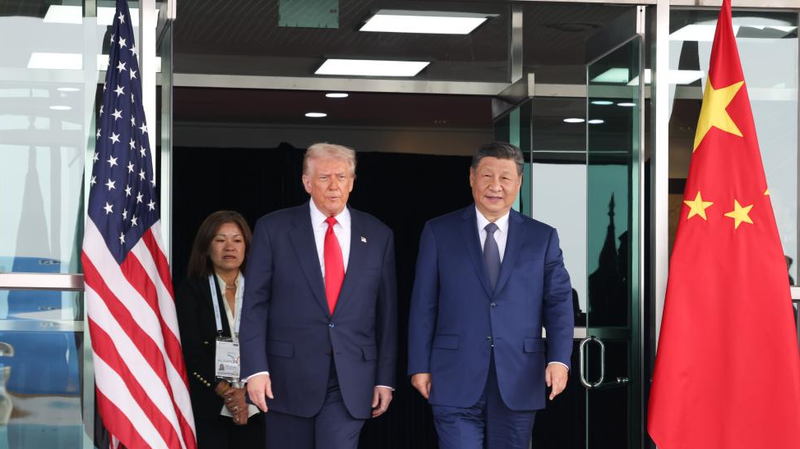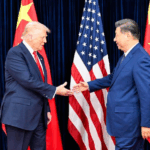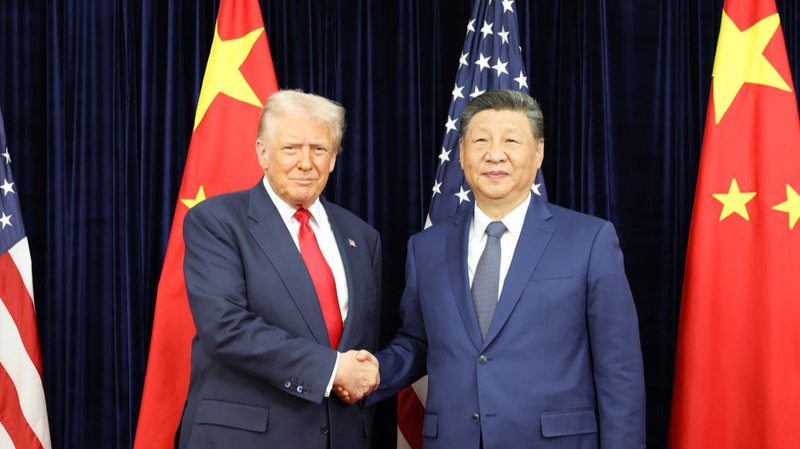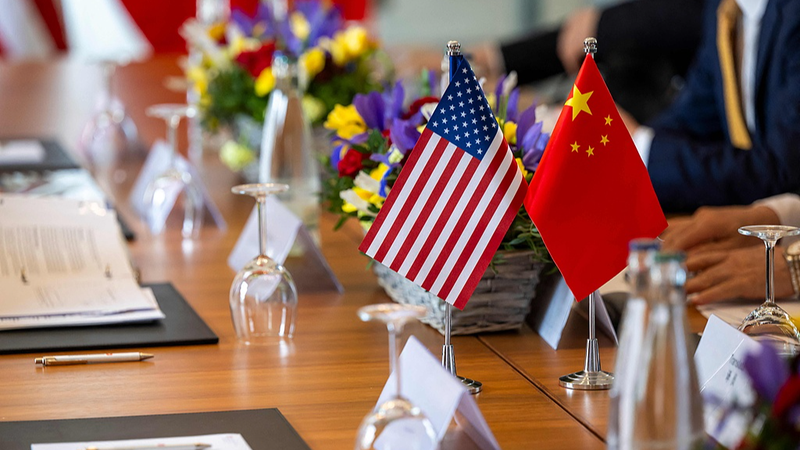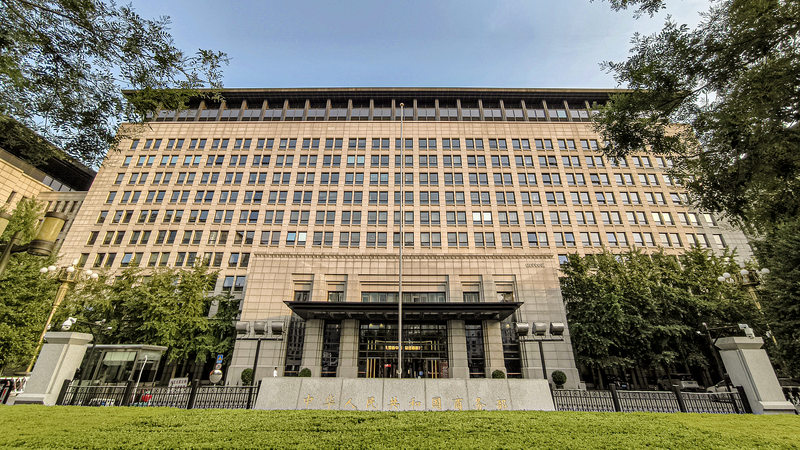The recent meeting between Chinese President Xi Jinping and U.S. President Donald Trump in Busan has unveiled a critical shift in global power dynamics. Far from a routine diplomatic event, the summit highlighted an emerging framework of strategic symmetry – a delicate balance where rivalry coexists with mutual economic dependence and calibrated restraint.
Washington's Competing Priorities
The talks revealed internal U.S. policy tensions between national security concerns and Trump's transactional trade approach. While Washington hawks warn against technology transfers, Trump emphasized expanded Chinese purchases of American agricultural products and energy exports, framing trade through an "America First" lens. His endorsement of Nvidia's advanced chip sales to Chinese firms underscored this pragmatic focus on reducing trade deficits.
Redefining Global Power Structures
Trump's reference to a "G2" framework signals recognition of China's parity in key strategic domains. The meeting demonstrated that unilateral pressure tactics have diminishing returns in an era where both nations possess comparable retaliatory capacities – from rare earth minerals to semiconductor controls. This mutual vulnerability creates incentives for managed competition over uncontrolled escalation.
Diplomatic Stabilization Mechanisms
While no major breakthroughs emerged, the summit reinforced the critical role of leader-level communication channels. The established pattern – leaders setting agendas, ministries negotiating details, and summits finalizing outcomes – provides essential guardrails against crisis spirals. Experts suggest this "cooling framework" could enable gradual institutionalization of dialogue processes and clearer cost-benefit calculations before policy moves.
As both nations navigate this new normal, the Busan meeting highlights an uncomfortable truth: complete decoupling is economically unfeasible, while unrestrained confrontation risks global instability. The path forward appears to hinge on developing predictable mechanisms for competitive coexistence, particularly in emerging fields like AI governance and global health security.
Reference(s):
Xi-Trump meeting: The new logic of China-U.S. strategic symmetry
cgtn.com
